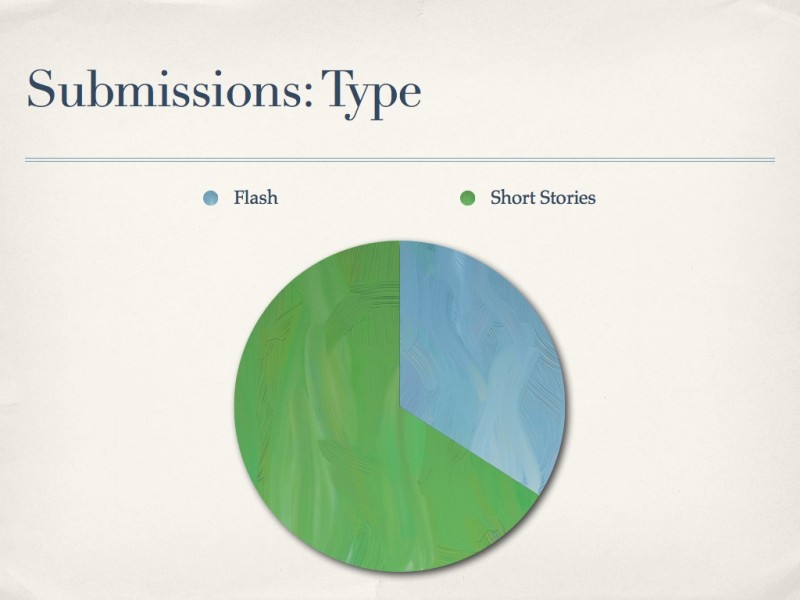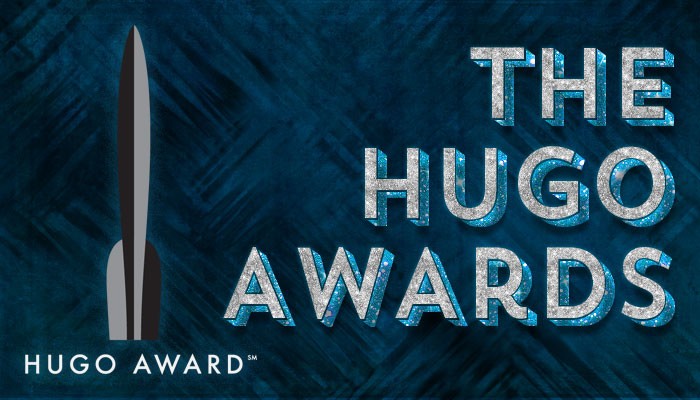More On Dieting
22 September 2011
Jay Lake linked to an article on dieting: “Why Even Resolute Dieters Often Fail.”
I’ve become convinced the issue is deeper than that. In 2005, I wrote about a protein called Zonulin. In short, it determines how permeable your intestines are. My hypothesis (which apparently doesn’t apply for celiac disease, and possibly not for most cases of type 1 diabetes, either) is that it is an anti-starvation mechanism.
Catch is, letting in more stuff from the gut lets in a whole bunch of badness — the so-called leaky gut syndrome is, in fact, real. Elevated zonulin levels are also associated with some nasty autoimmune diseases other than celiac disease, including type 1 diabetes, multiple sclerosis, and rheumatoid arthritis.
I didn’t really spell out my hypothesis in detail before, so here goes:
1) You think you’re overweight (whether you are or not may not be important in this scenario).
2) You diet.
3) You trigger your body’s starvation reflex.
4) To avoid starvation, your body produces more zonulin to gather all the nutrients out of your gut.
5) This lets bacterial toxins in, as well as, well, crap, including stuff your liver’s already ejected.
6) Said toxins, after entering your blood stream, wreak havoc in your immune system.
7) You could eventually wind up with an autoimmune disease as a consequence. Which one is a matter of which toxins trigger which genetic expressions.
If there’s any truth to my hypothesis, dieting may be a Really Bad Idea. In my own experience, when I’ve been successful, it’s been careful control of exercise as well as portions.
Given that women seem more prone to dieting (Goddess knows I went on my fair share of diet fads as a teen), it might even partly explain why women are more prone to autoimmune diseases like MS.
One correction I need to make on my earlier hypothesis: the anti-equatorial factor in MS prevalence seems to be related to Vitamin D rather than starvation.
The clinical trials for larazotide acetate, a Zonulin inhibitor, have reached stage 2b, and there’s been some speculation that it could go on the market as early as next year. I know what I will be lobbying for the moment it comes out.



